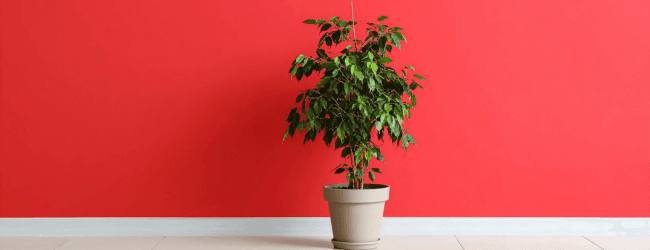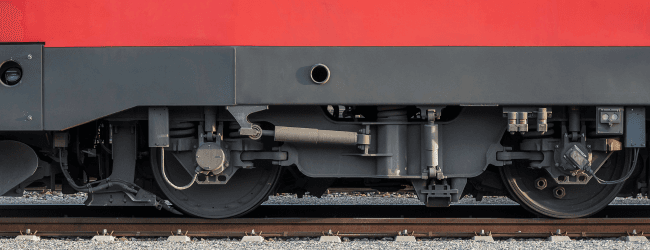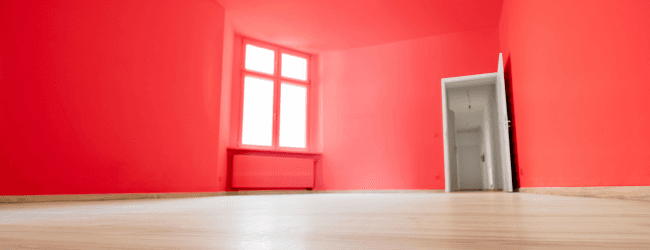
- 27 November 2025
Sydney Units Are Quietly Entering Their Next Growth Phase
Sydney is heading into another shift, but it is not happening in the prestige house market or the headline grabbing suburbs. The real movement is in well-located units sitting close to transport, education and major employment hubs. These are the properties renters line up for and the ones buyers turn to when house prices stretch beyond reach.
The numbers coming out of recent years point to something important. Units are building momentum, and 2026 is shaping up as a year when that trend becomes impossible to ignore.
Population Growth Is Reshaping Demand
NSW continues to record some of the strongest population growth in the country. Most new arrivals land in Sydney and many settle around suburbs that offer simple access to trains, metro links, rapid buses, light rail, universities and hospitals.
These locations hold some of the city’s lowest vacancy rates, and the rental competition shows no signs of easing. For investors, that consistency matters. It keeps rents strong and holds values firm even when the broader market softens.
Units Have Become the Value Play
Sydney’s house prices have climbed out of range for many buyers, which has pushed attention toward units. That shift is most obvious along the Sydney Metro and the T1 Western Line, as well as the T2 Inner West and Leppington and T9 Northern Line corridors.
Activity is rising around Parramatta, Olympic Park, Chatswood and the Aerotropolis, and the price pressure is following. Once buyers hit their borrowing ceiling, they start looking for value and right now that value is in units. Recent sales data confirms the gap between houses and units is driving more competition into the apartment market.
Rising Construction Costs Are Changing the Supply Story
Building new apartments in Sydney is becoming more expensive every quarter. Material costs continue to rise and labour shortages are ongoing. Added safety and compliance requirements have pushed replacement costs even higher.
This leaves developers with a challenge. New projects are harder to deliver at entry-level price points, which means the future supply pipeline is thinner than usual. Established units in strong locations benefit directly from that reduced competition.
Rental Conditions Are Leaning in Favour of Units
Sydney’s rental market remains tight with vacancy rates at some of the lowest levels nationally. Well-located units near major transport and university hubs are leasing quickly and achieving yields that outperform many houses.
For investors, this creates a smoother experience. Cash flow is more reliable, and rental demand removes much of the day-to-day stress associated with holding a property long term.
Forecasts for 2026 Point to Upward Movement
Banks and economic forecasters expect interest rates to ease through 2026. When borrowing power improves, investors tend to re-enter the market, and activity increases first in the areas with the lowest entry price. Units historically benefit early in these cycles as buyers look for maximum value without sacrificing location.
Where the Strength Is Building
Several pockets are standing out for their transport access, infrastructure investment and growing populations. These include:
- Schofields and Tallawong with metro access and expanding facilities
- Blacktown as a major transport and population hub
- Parramatta transitioning into Sydney’s second CBD with light rail and metro links
- Wolli Creek and Mascot with airport and metro proximity
- Chatswood and Macquarie Park with concentrated education and employment centres
Each offers a blend of affordability, rental power and long-term demand drivers.
The Window Before the Headlines
Market shifts usually become obvious only once the media starts reporting on them. By that stage, competition is stronger, and the best-priced properties are gone. The early signals are already here, and investors who prepare now will be in position before the broader crowd catches on.
For a personalised shortlist backed by real research, contact enquiries@propertyclub.com.au.
Related Posts

The Psychology of Suburb Selection: Why Investors Keep Returning to the Same Postcodes
Most investors think they choose a suburb based on research, data and logic. In reality there is often something deeper at play. Suburbs hold emotional weight. They remind us of where we grew up, where our friends live, where we once rented, or where we felt safe. Familiarity feels comfortable, which is why so many...

New Lines New Lives: How Rail Is Redrawing Queensland’s Coastal Growth Story
The Sunshine Coast and Gold Coast have long been known for surf and holidays. But right now, both are being redrawn not by the tide but by transport lines. The next decade of growth in Queensland will be built along the tracks. The Sunshine Coast Rail project and the Gold Coast light rail expansion are reshaping...

Living Too Big for Who We’ve Become
Queensland’s housing market has an imbalance that is quietly reshaping demand. Across South East Queensland, 62 per cent of households are one or two people, yet 72 per cent of homes have three or four bedrooms. It’s a clear mismatch between how people live and what we’re building. The new household reality is...
- 11 November 2025